The program must display letters from a to z (alternate uppercase and lowercase horizontally) using looping.
Sample Output :
AaBb . . . . . . . . . . . . YyZz
This is the code I've used so far but it only outputs the uppercase letters. Please help me how to combine those lower case letters :(
Thank you :)
.model small
.code
.stack 100
org 100h
start :
mov ah, 02h
mov cl, 41h
skip :
mov dl, cl
Int 21h
inc cl
cmp cl, 5Ah
jnz skip
Int 27h
end start
